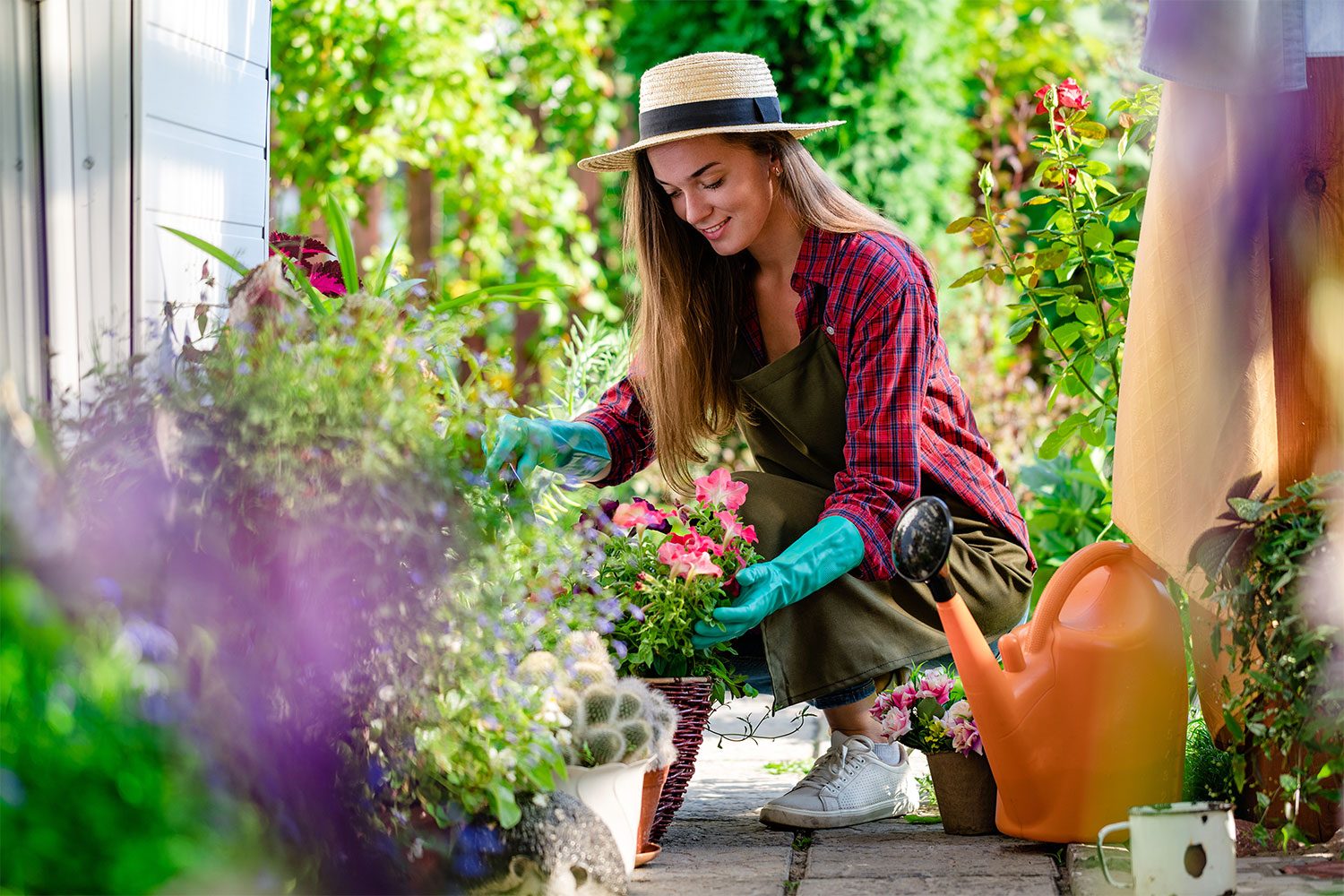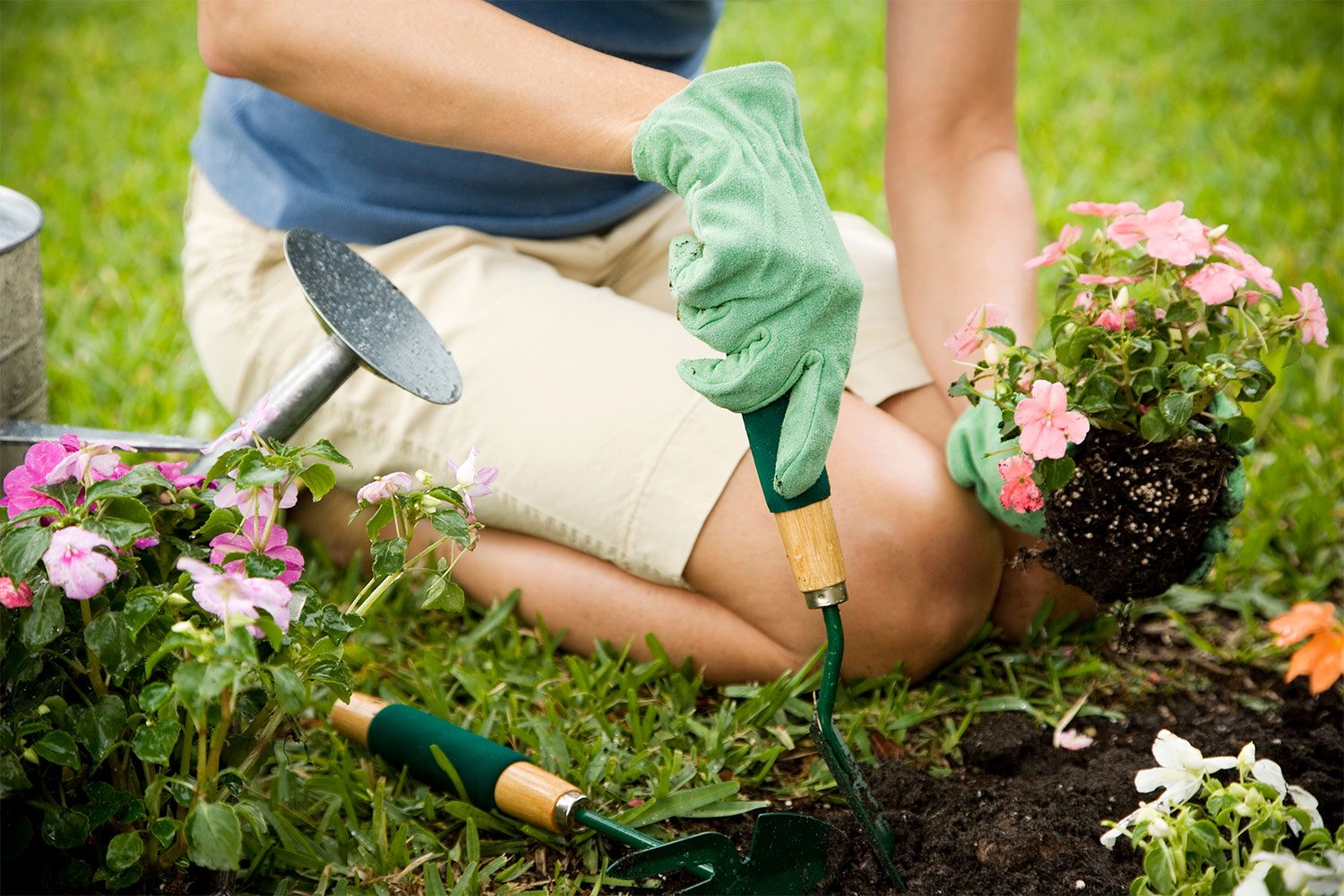People plant a garden for various reasons, including filling empty outdoor spaces, improving their home’s curb appeal, or having access to fresh herbs and vegetables. Whatever your reason, it’s important to note that you’re also benefiting the environment through starting a garden.
A garden, however small, has a significant impact on your surroundings. So, if you have available space for gardening, it’s really worthwhile to grow different plants, herbs, flowers, and even trees. Even if you don’t have any extra space, you can still use containers to grow flowers, herbs, and small trees.
So, wondering how gardens help the environment? Here are some of the benefits.
Cleans the air and ground
Plants clean the air through the process of photosynthesis, which is how they make their food. During the process, the leaves use carbon dioxide, water, and minerals to create organic compounds. Humans and animals exhale carbon dioxide, which is a waste. Leaves, on the other hand, use it to make food.

Plants release oxygen into the air during the process. They also remove bacteria and chemicals that float around in the air.
A plant’s roots also improve the health of the ground. While absorbing water, roots uptake different components, such as heavy metals and chemicals. This provides a conducive environment for small plants, and it also cleans the groundwater.
Creates an ecosystem for birds and insects
Waking up to the sounds of chirping birds can be quite enjoyable. Starting a garden for small trees is a great way of inviting birds to your home. You can even make or buy birdhouses and place them strategically around your home to create nesting spots for them.
Green environments also attract beneficial insects, such as mantis, soldier beetles, ladybird beetle, and tachinid flies. Such insects help control the infestation of certain pests or bugs. For instance, if you have white grubs in your lawn, beneficial insects can kill them.
Bear in mind that birds also feed on different pests that invade your garden and lawn. Additionally, both insects and birds are pollinators, meaning they help in the fertilization processes of different plants.
Prevents soil erosion
Starting a garden also helps to ensure the structural integrity of your soil. Ideally, the roots of plants hold soil together, preventing it from being washed away by rainwater.
Keep in mind that topsoil is most likely to be washed away by water movement because it is loose. As you already know, topsoil contains the most nutrients due to leaf litter and organic debris that break down on the surface. Losing such soil to erosion can affect the growth of your grass or plants.
Reduces carbon footprints
Gardens also allow you to grow your own food. This means you can avoid getting most of your herbs, vegetables, and fruits from the local grocery stores.

Commercial farming usually has a considerable impact on the environment through the farm chemicals and equipment used. Also, the produce at the grocery stores usually comes from far away, meaning this transportation process affects the environment. Extended periods of transportation also impact the quality of the products you buy.
Having your own garden allows you to play a role in protecting the environment as well as guaranteeing you fresh produce every time.
Cuts down your cooling costs
Incorporating gardens in your landscaping design can make your home more energy efficient. Well-positioned trees around your home can help save up to 25 percent of your heating and cooling costs.
You can grow trees that shade your home’s roof to ensure optimal cooling during hot weather. This, in turn, prevents your air conditioner from running continuously to cool your home. Consequently, you play a role in reducing energy demand.
When planted in the correct area, trees can also help keep down your winter heating costs. Strong trees can protect your house from cold northwest winter winds to avoid those freezing temperatures.
Final thoughts
When appropriately maintained, gardens are aesthetically pleasing, and they offer a great place to unwind when you get home. They provide a home to songbirds, butterflies, and other wildlife. Most importantly, they play a crucial role in protecting the environment.
When you’re ready to set up your garden, strive to grow native plants and trees. These plants tend to withstand the climatic conditions of your location well. They also don’t need regular maintenance because they’re already established in the area.
You should choose plants that grow well with other plants to encourage bio-diversity, and always strive to maintain the garden regularly.


